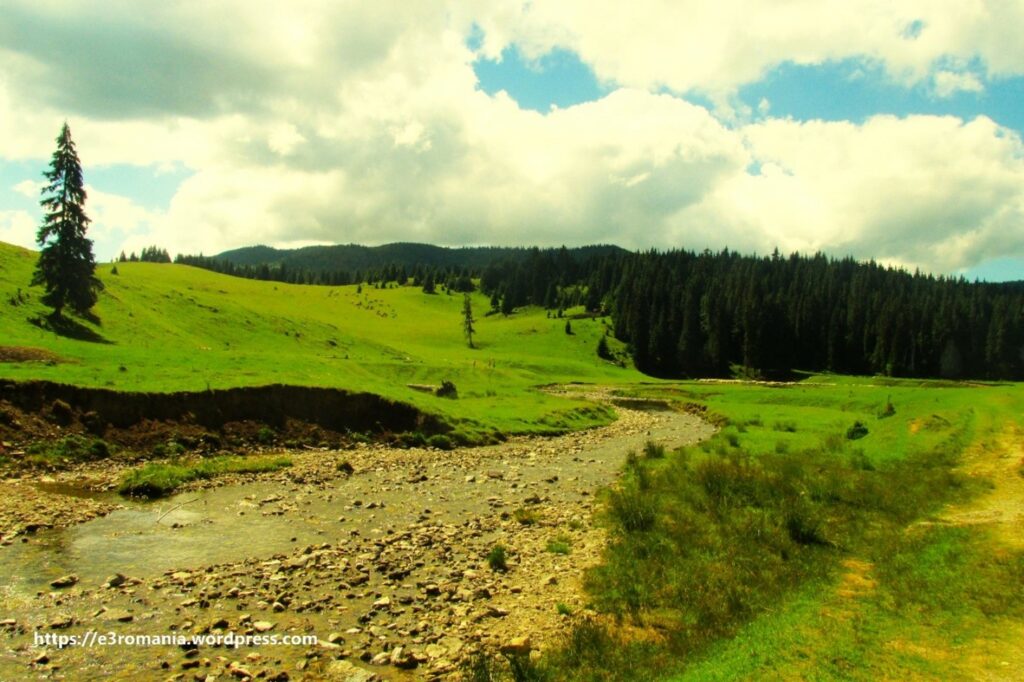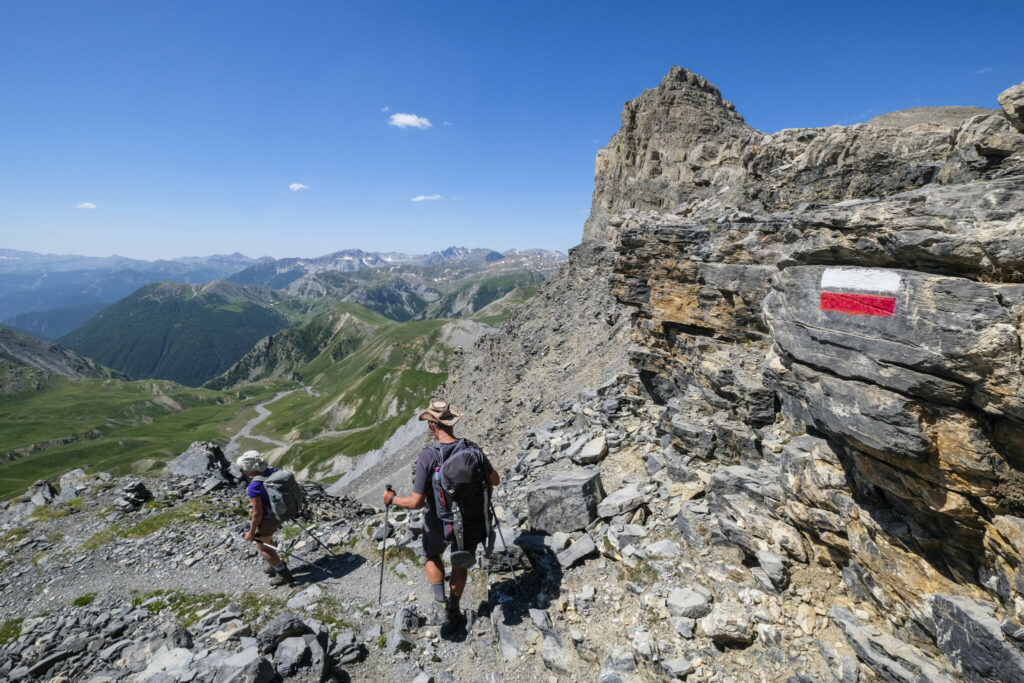Hiking emergency procedures are essential to ensure your safety and the safety of others when exploring the outdoors.
Being prepared for emergencies can make a significant difference in critical situations.
Here are some hiking emergency procedures to follow:
- Stay calm and assess the situation: In any emergency, try to remain calm and assess the situation objectively. Panic can impair judgment and decision-making.
- Signal for help: If you have a way to signal for help, do so immediately. Use a whistle, mirror, flashlight, or any other signaling device you have on hand. If you have a mobile phone with reception, call emergency services (e.g., 911) and provide your exact location.

- Stay put (if lost): If you become lost or disoriented, stay where you are if it’s safe to do so. Avoid wandering further, as it can make it harder for rescuers to find you. Use visual and auditory signals to help rescuers locate you.
- Administer first aid: If someone is injured, administer first aid as appropriate to the situation. If you have basic first aid training, assess injuries and provide care to the best of your ability. Stop bleeding, stabilize fractures, and protect the injured person from further harm.

- Stay warm and dry: In case of inclement weather or cold temperatures, keep yourself and others warm and dry. Hypothermia can be life-threatening, so use extra clothing, emergency blankets, or shelters to provide insulation.
- Stay hydrated and nourished: Conserve your energy and stay hydrated by drinking water and eating small, high-energy snacks. Avoid rationing food and water, as it can lead to dehydration and weakness.

- Share your plans: Before heading out, inform someone you trust about your hiking plans, including the trail you’ll be on, your expected return time, and any backup plans. This way, if you don’t return as scheduled, they can alert authorities.
- Use navigation tools: If you have a map, compass, or GPS device, use them to determine your location and find the nearest exit or help.

- Respect weather conditions: Check the weather forecast before hiking and be prepared for changing conditions. Avoid hiking in severe weather, and seek shelter if necessary.
- Group safety: If hiking in a group, stay together, and establish a communication plan in case of separation. Ensure everyone knows emergency procedures and who to contact for help.
Remember that prevention is the best strategy for dealing with emergencies. Proper planning, preparation, and equipment can significantly reduce the likelihood of encountering serious situations. Always prioritize safety and be responsible when exploring the outdoors.


 Walk for unity & wellness!
Walk for unity & wellness! 


